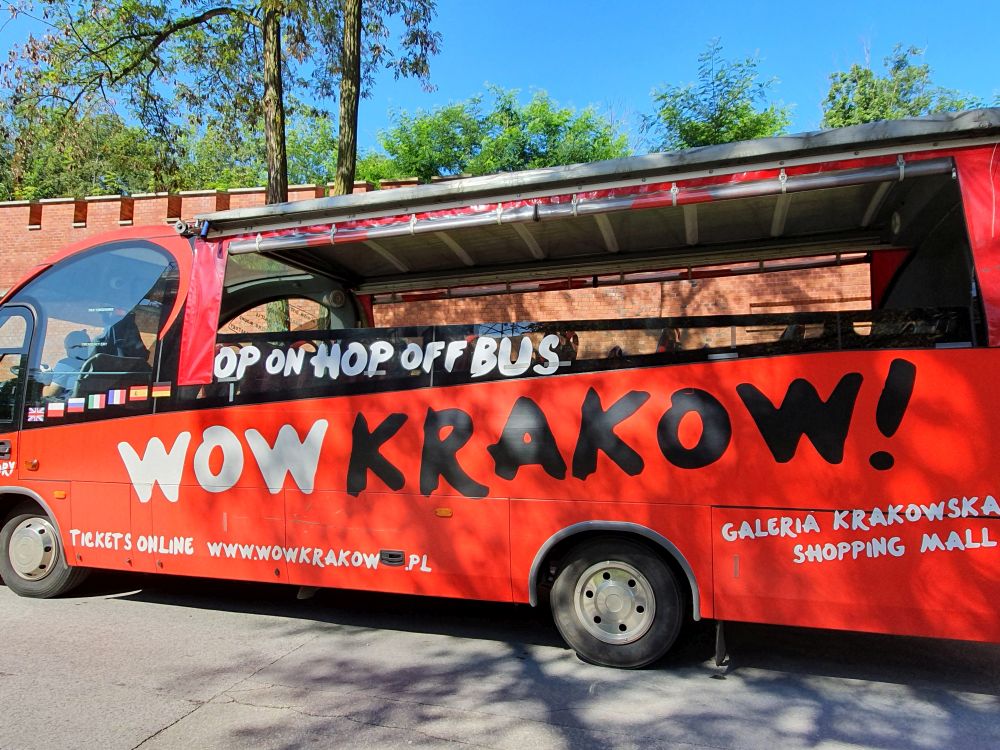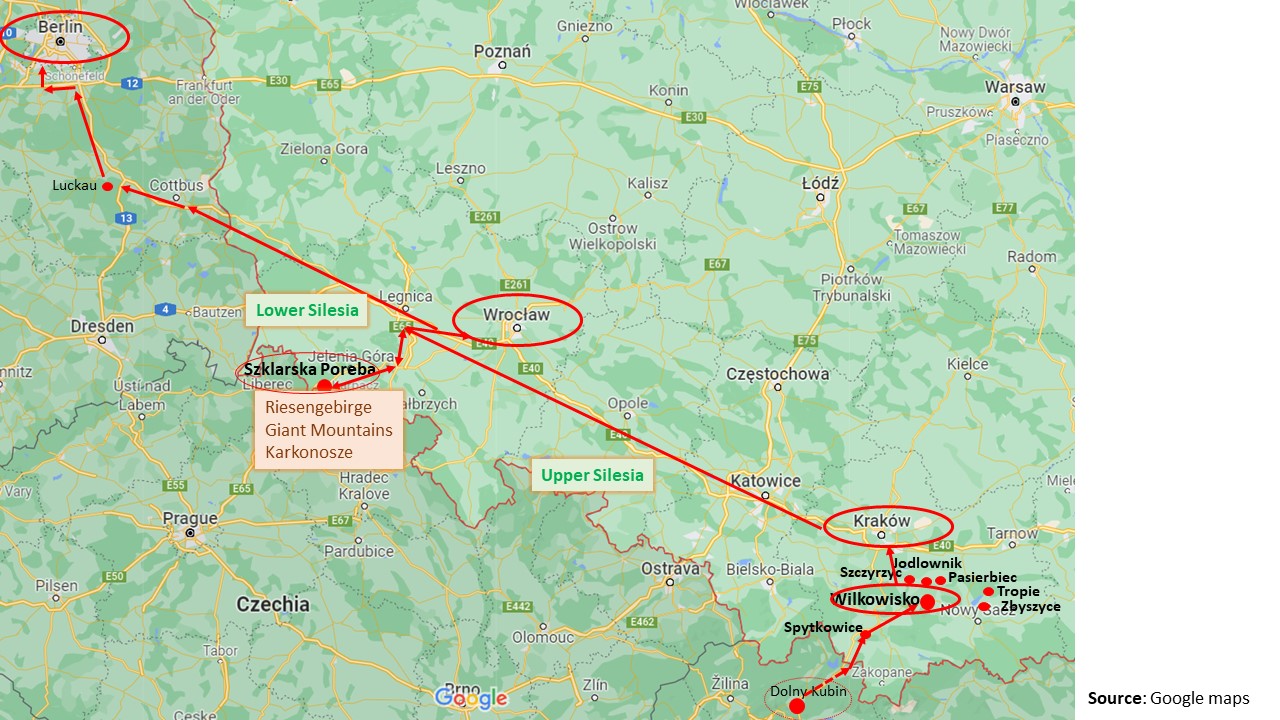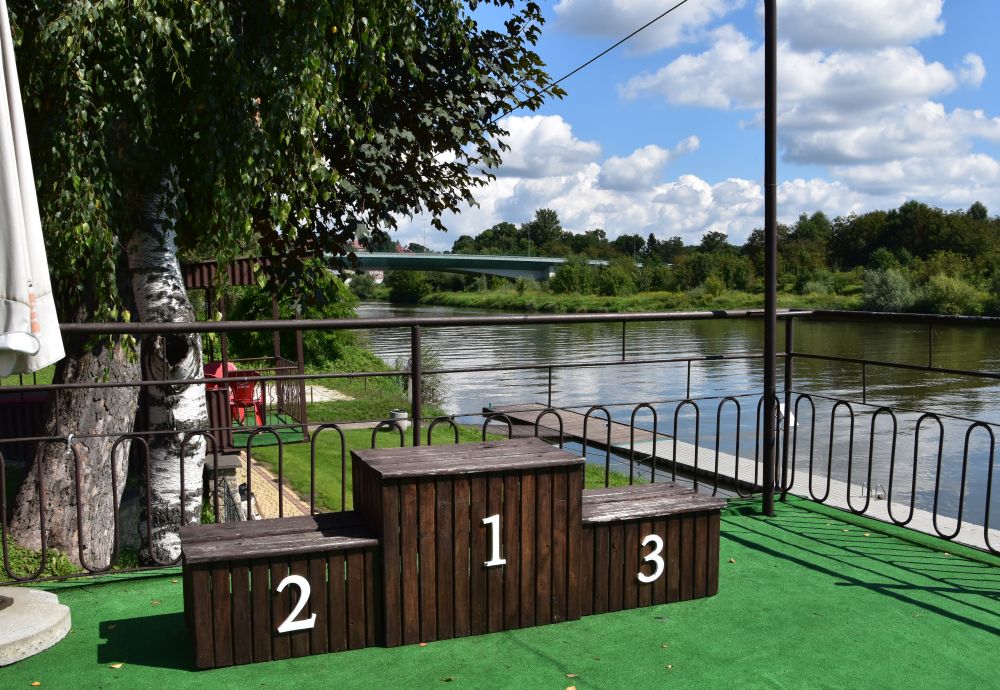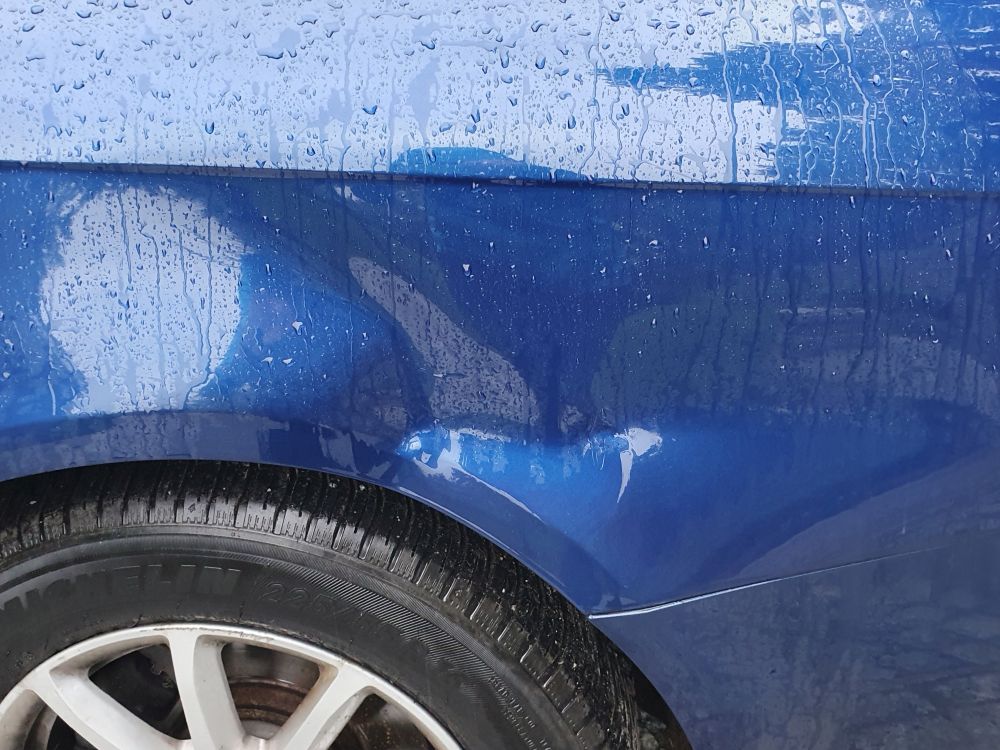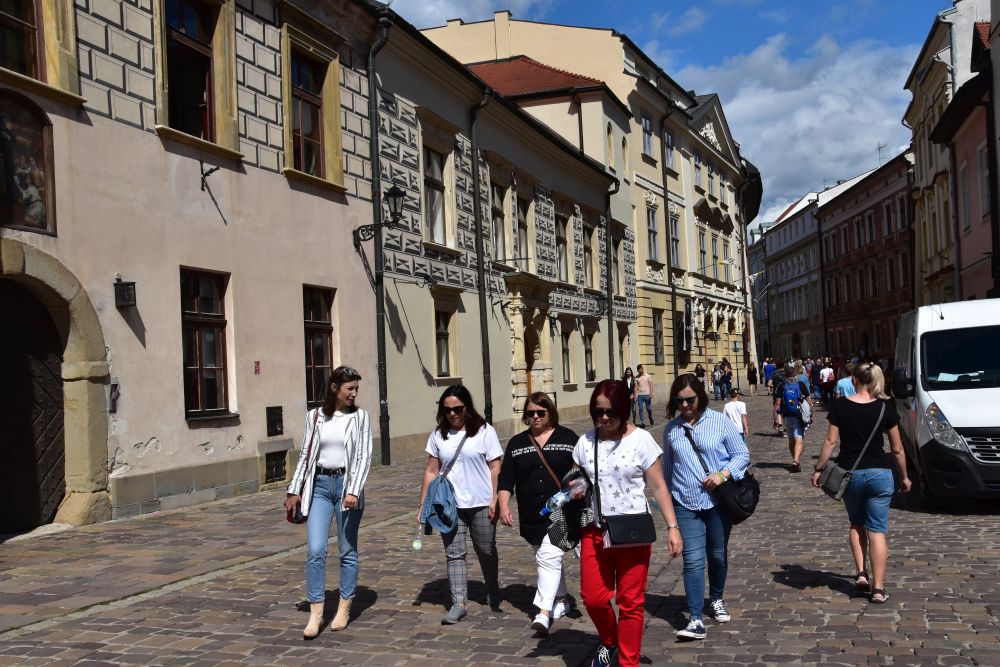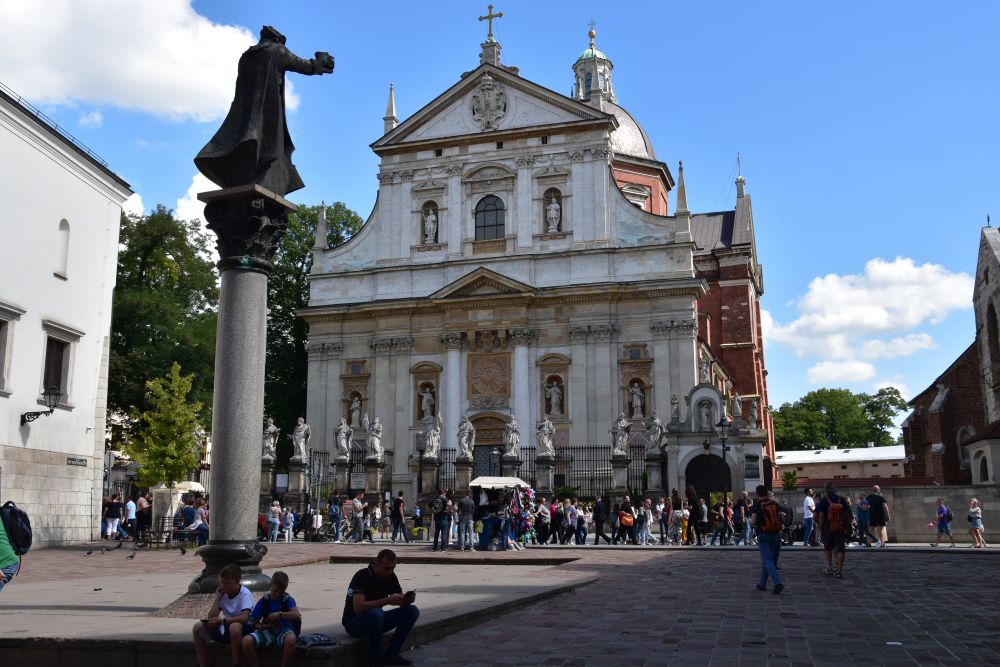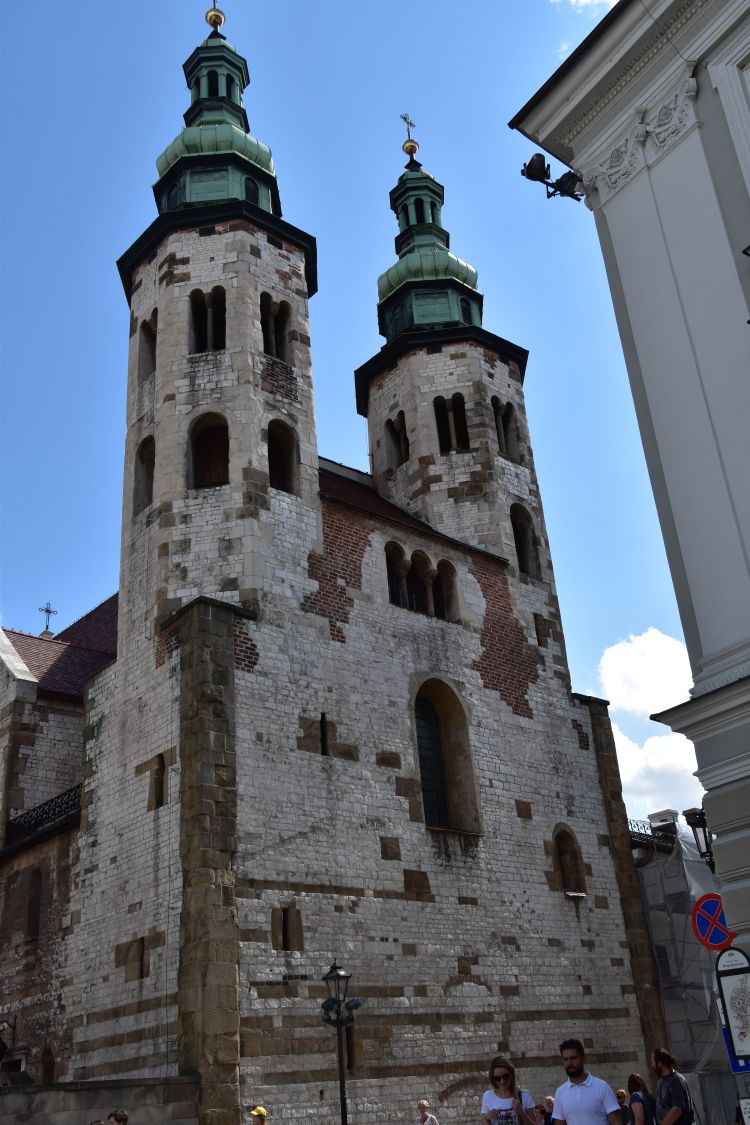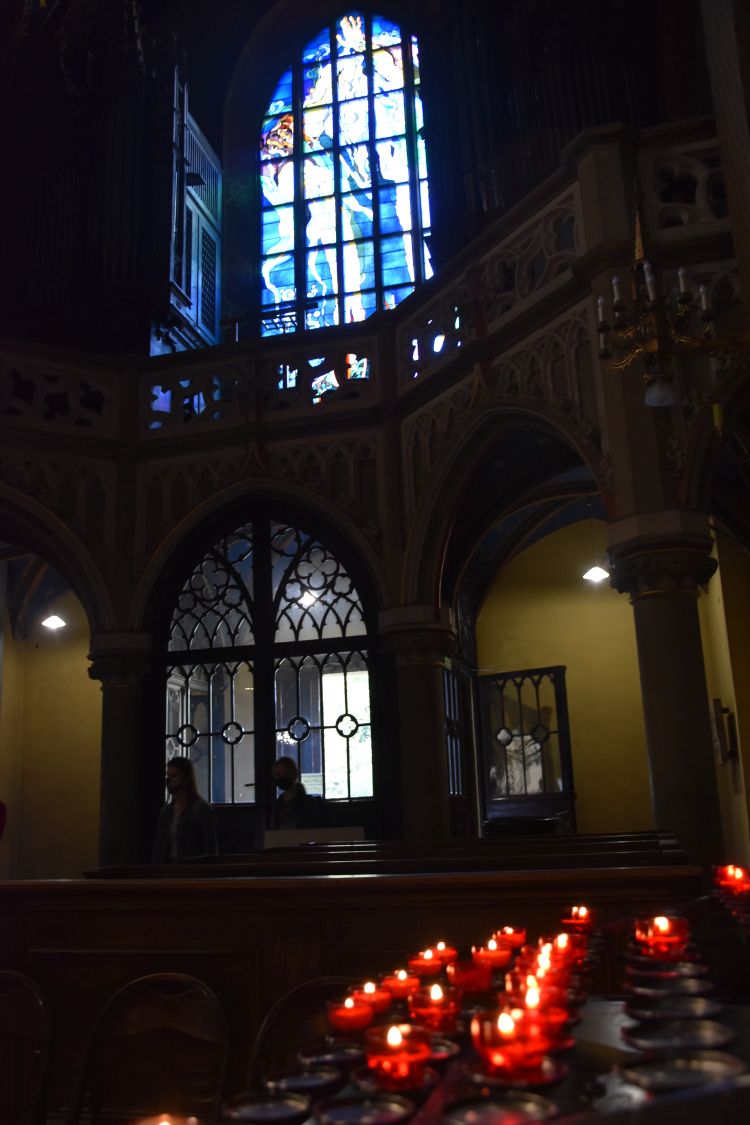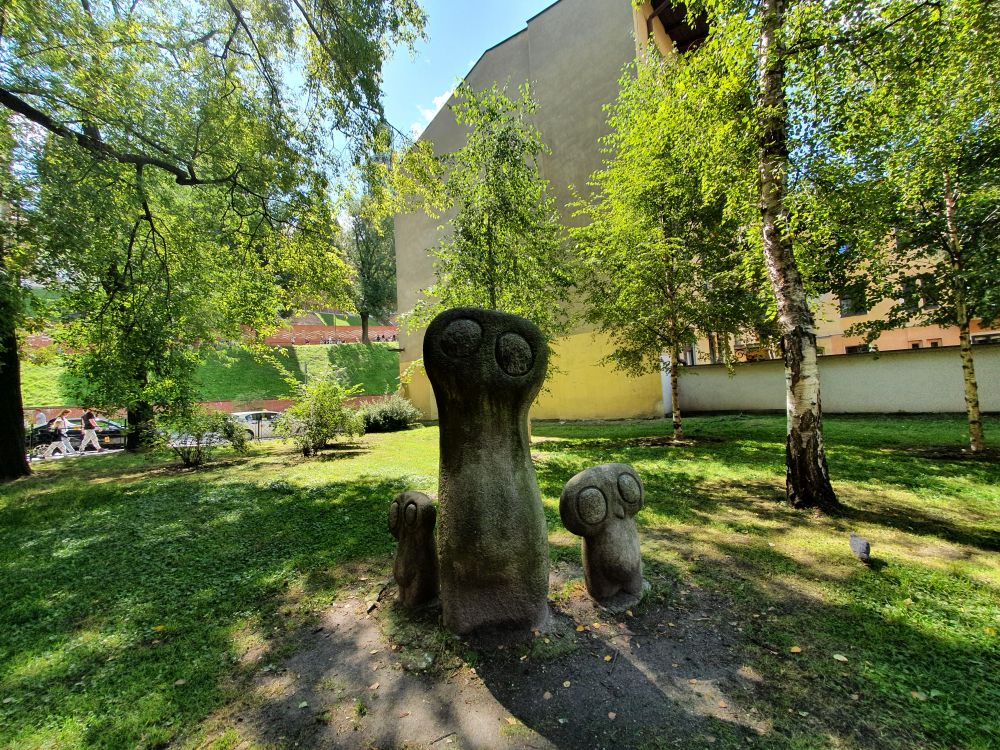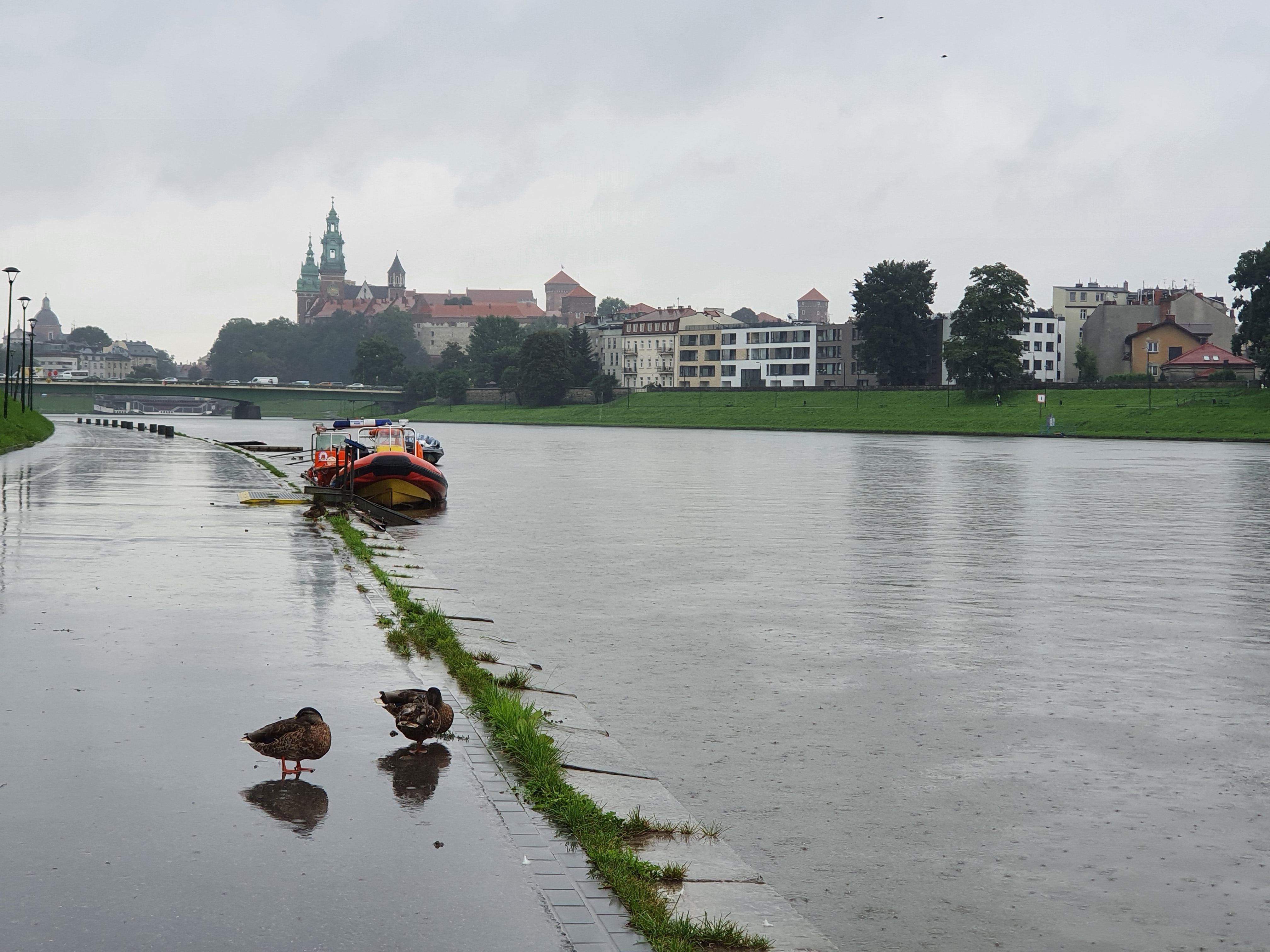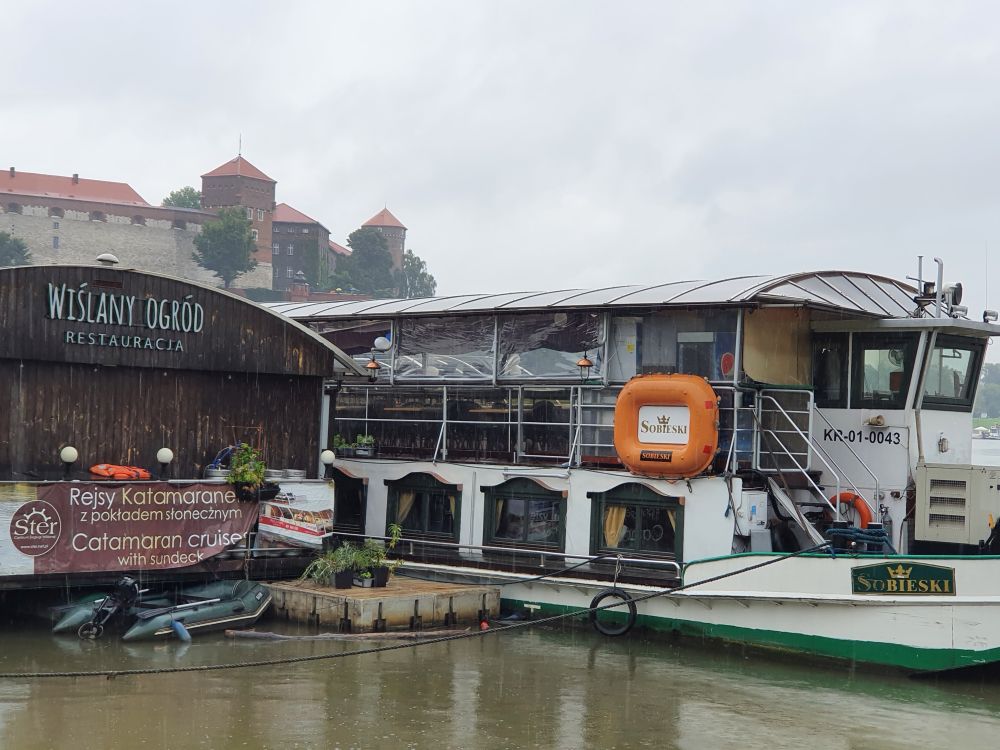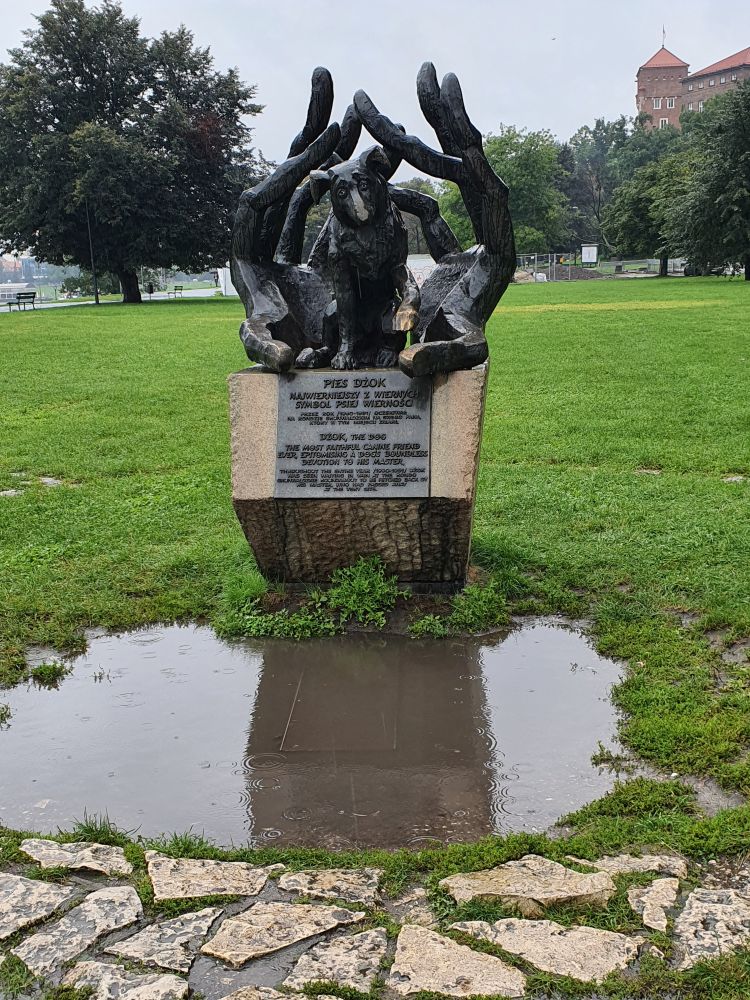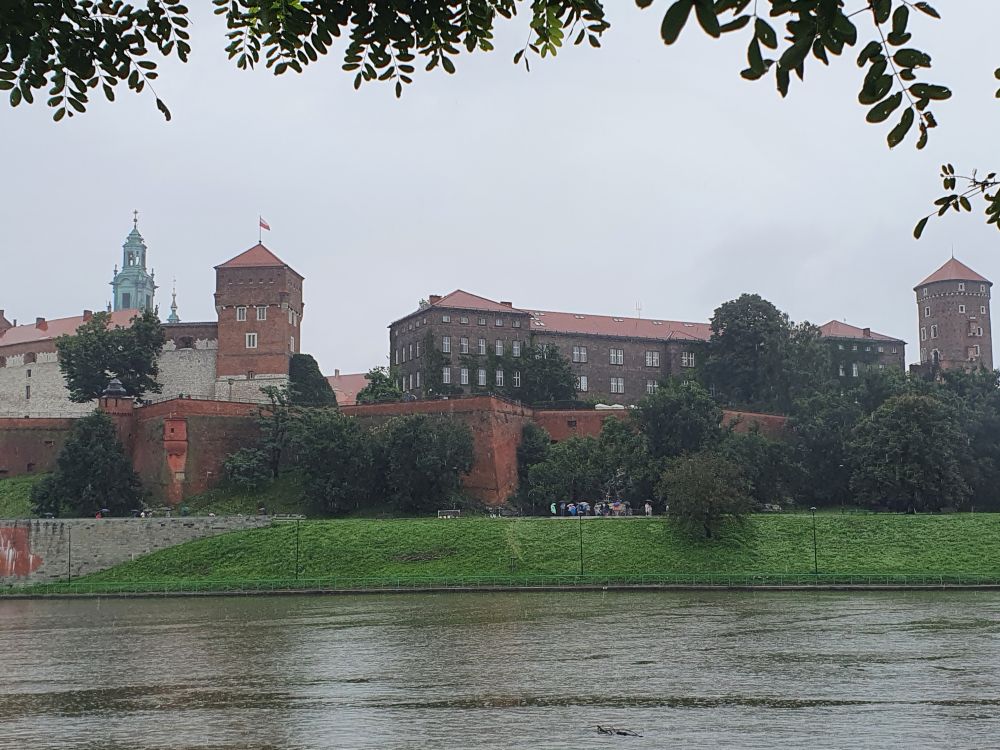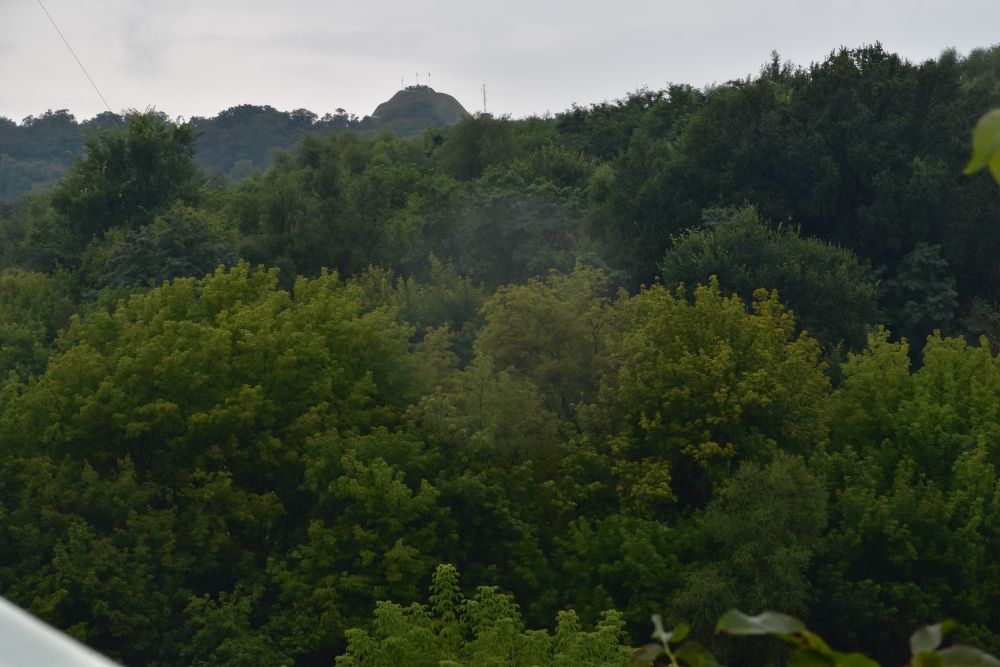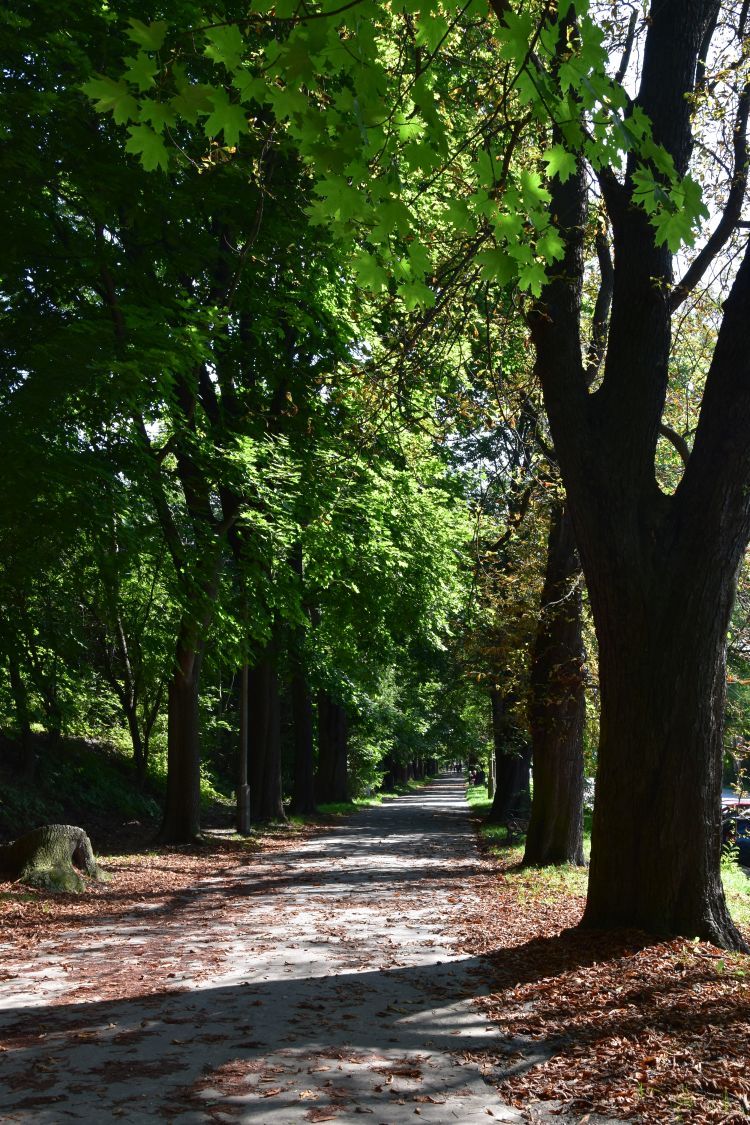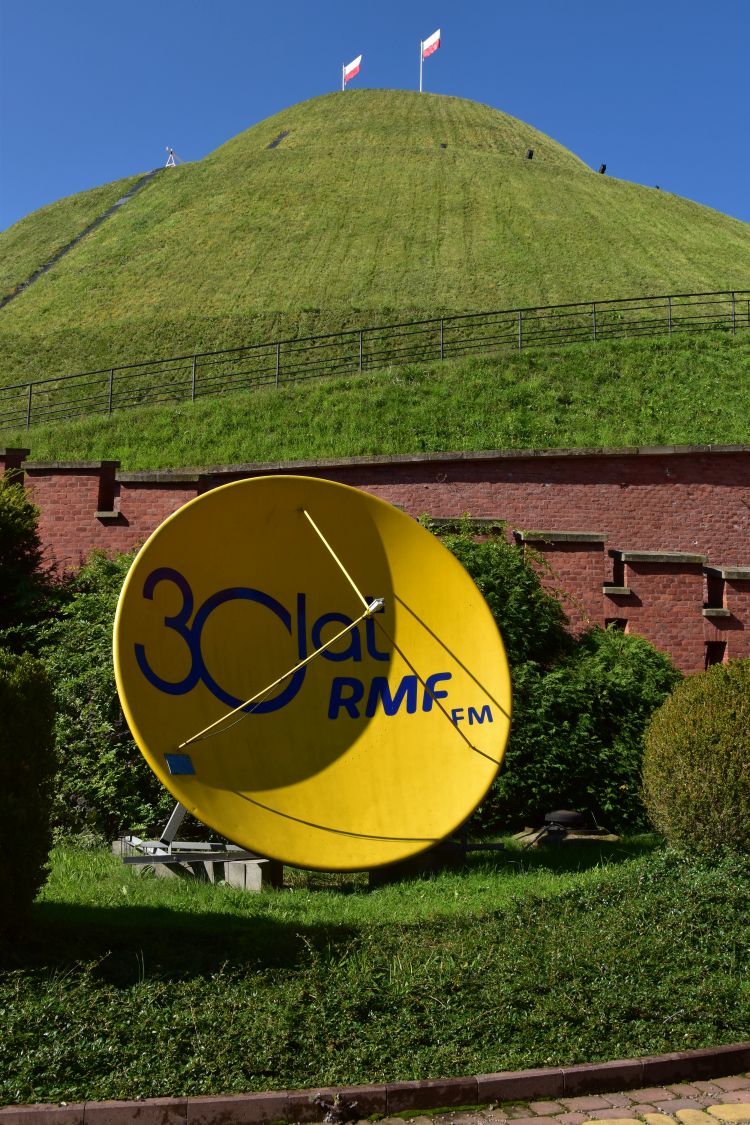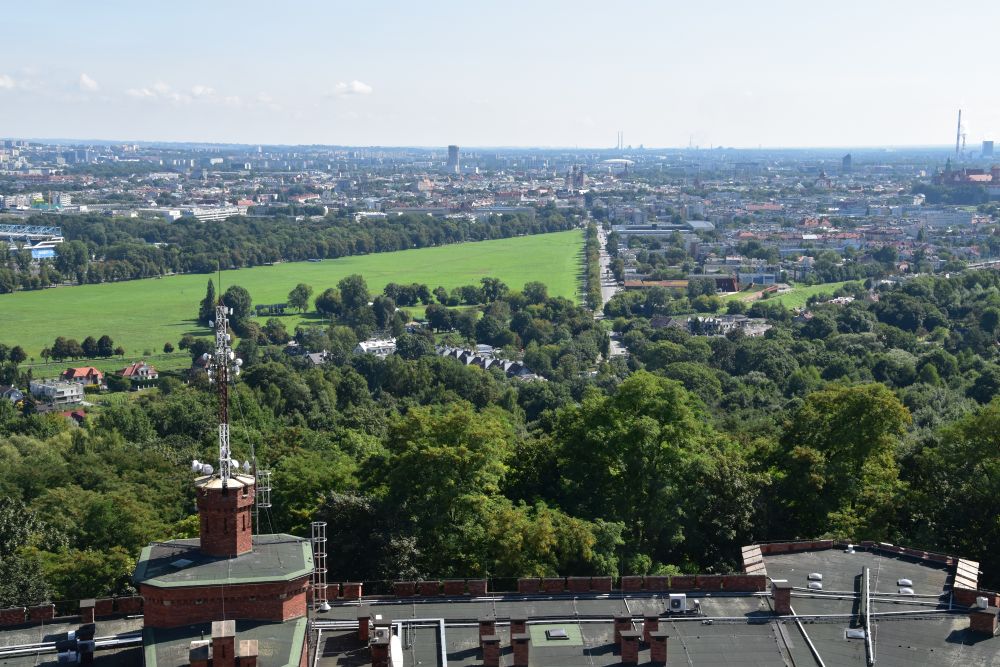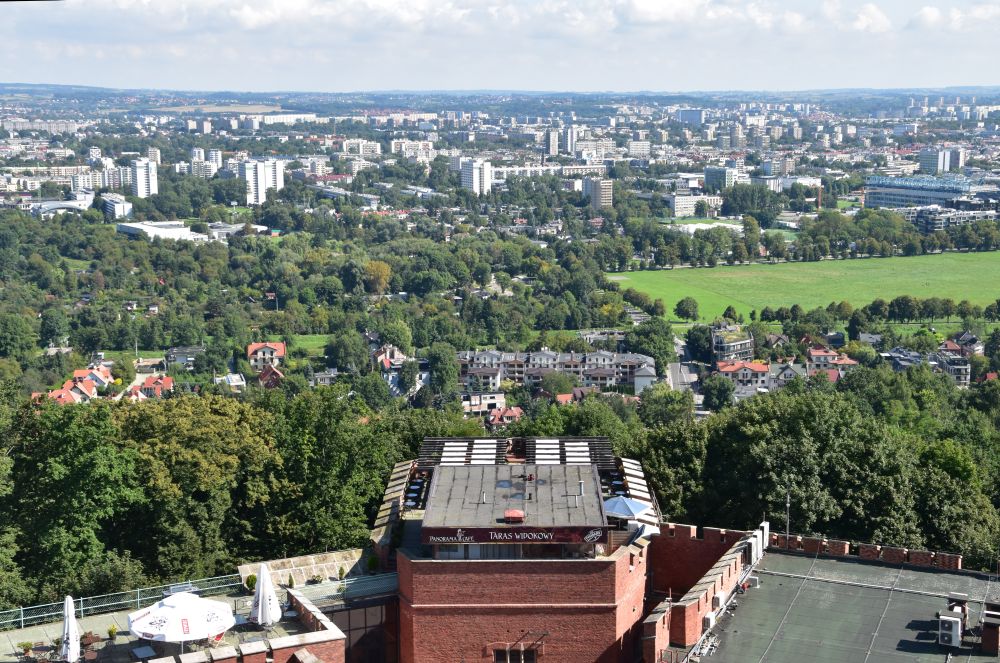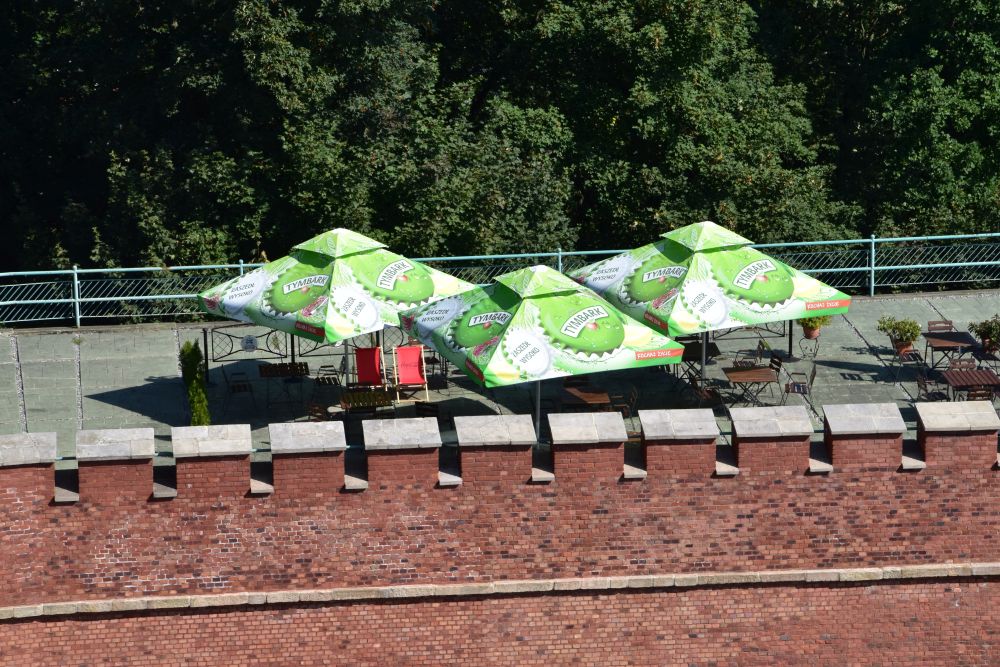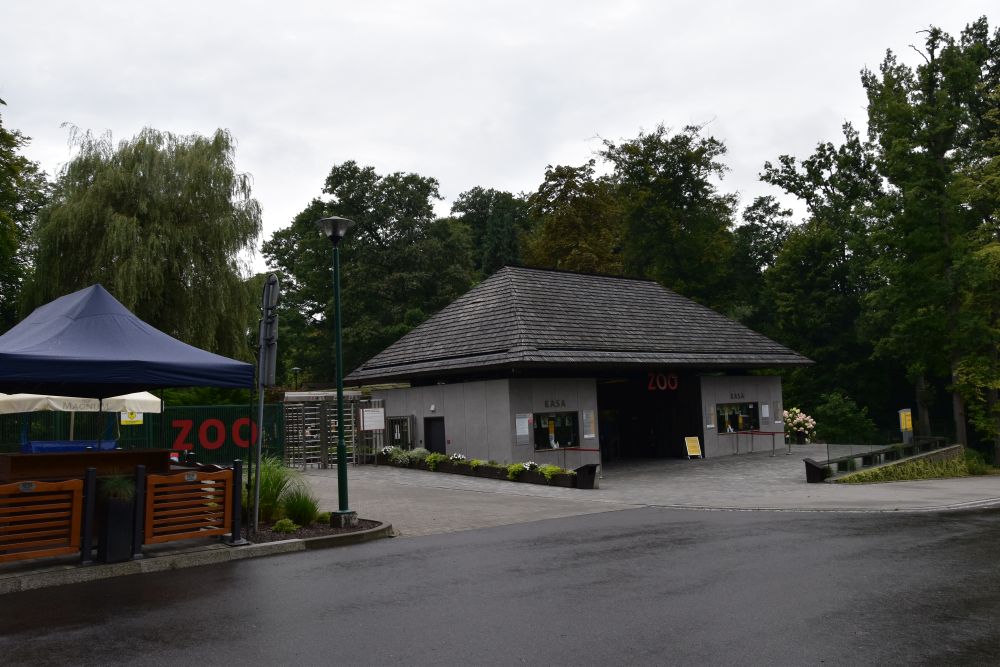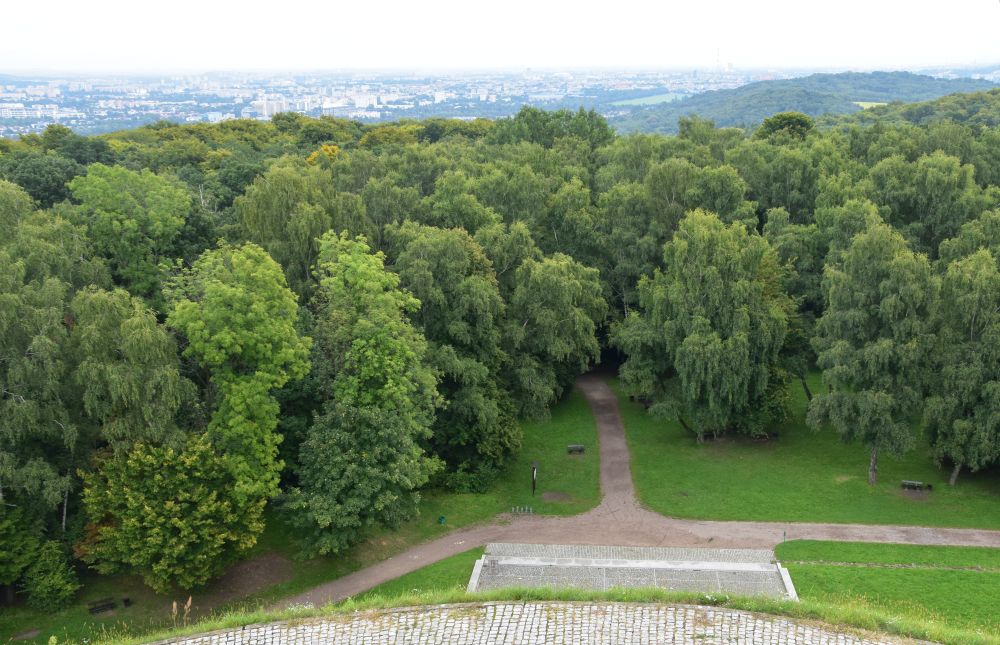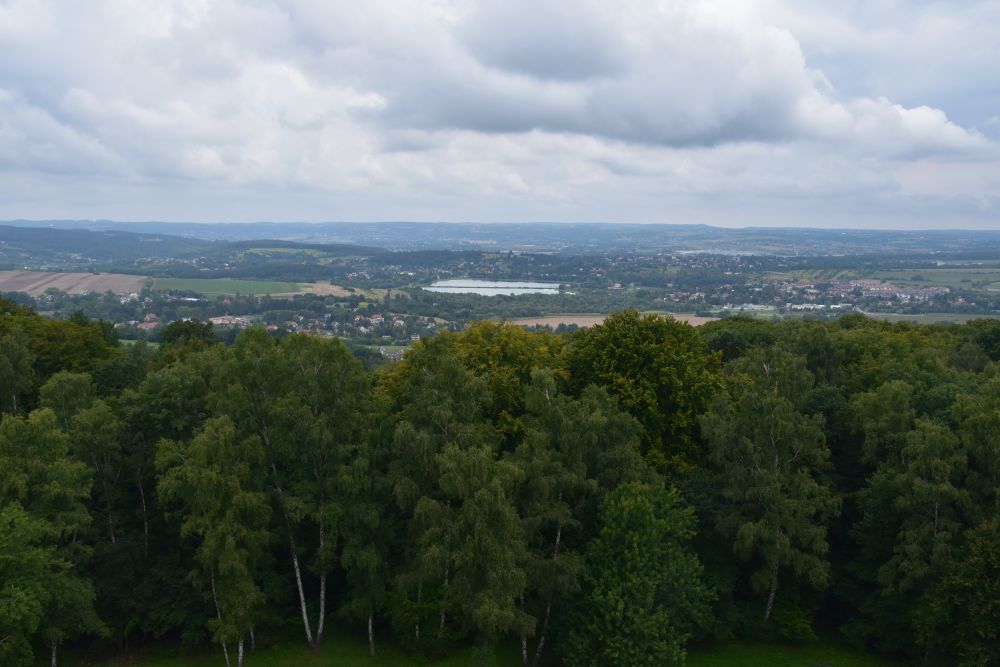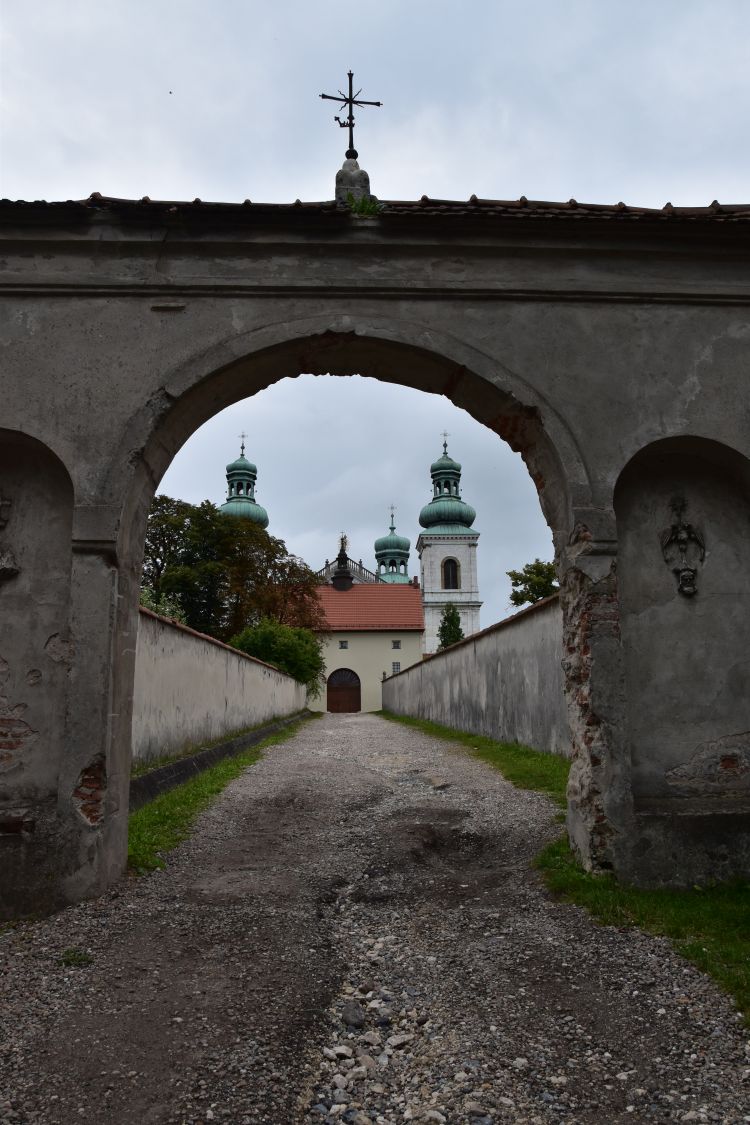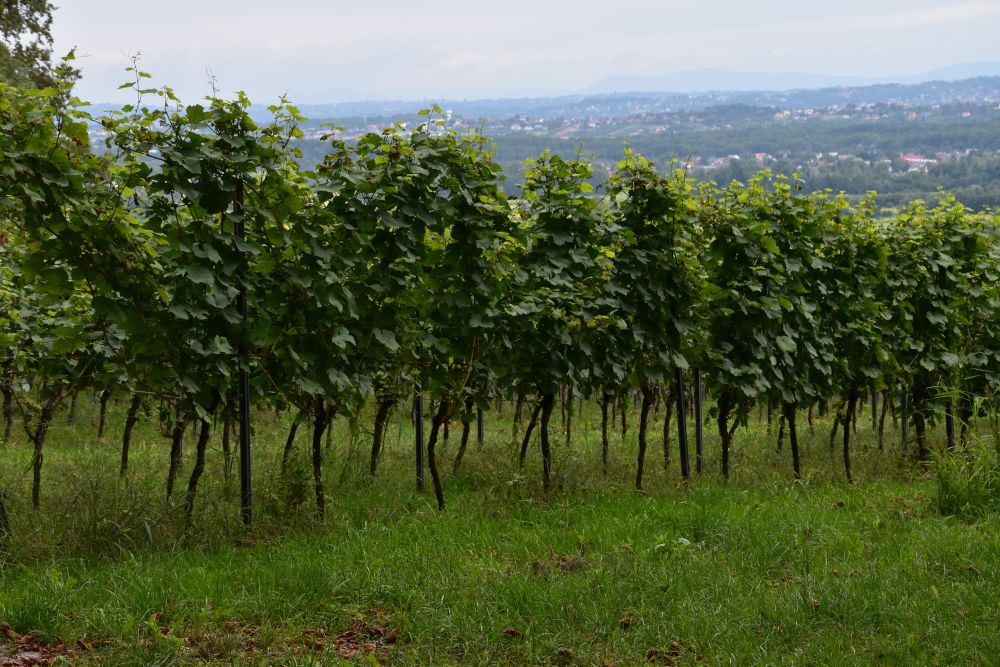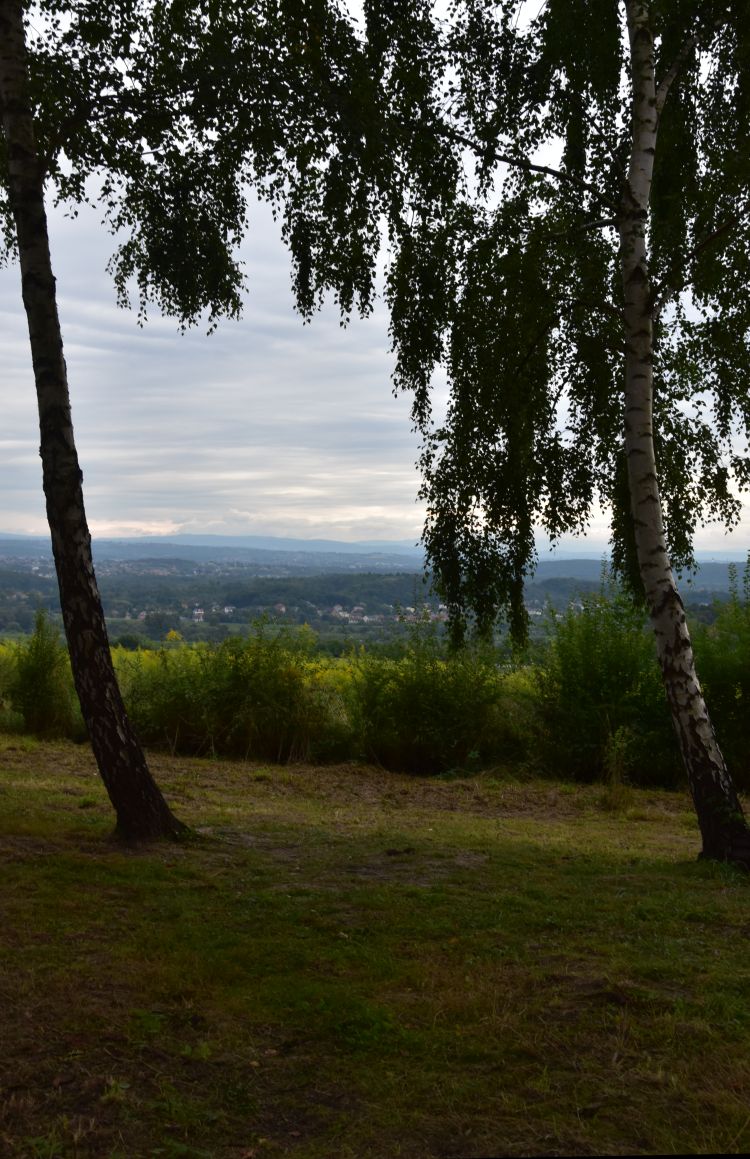End of August 2021, I am on the road again, to Berlin via Slovakia and Poland. My route: Munich, in Slovakia: Bratislava – Trnava – Nitra – Žilina – Strečno and Terchová – Dolny Kubin, then in Poland: Wilkowisko – Kraków – Szklarska Poręba – Wroclaw, and finally Berlin.
Wow Kraków! I encountered this bus below the mound of Tadeusz Kościuszko. Yes, I agree to “wow”, Kraków is a charming city and I have good friends here.
To recapitulate:
This is my route in Poland, from Wilkowisko to Berlin. Now I am in Kraków, for 5 days.
The hotel outside of the city centre
I stay in the hotel Vistula west of Kraków in Zwierzyniec bordering the river Vistula or Wisła, in German: Weichsel. From here, it is about 3km to the city centre.
After having arrived, I have a picnic with Radosław in the garden under the tent.
The hotel offers sportive activities on the river. It seems, they also offer competitions and the winners receive a gold, silver or bronze medal. Nice.
Nearby is a camping site, safely far away from the car parking. But – a Dutchman “manages” to damage my car by driving backwards. I cannot understand that.
Fortunately, I can complete my tour and have the car repaired, when back in Switzerland. My insurance company will deal with the Dutch insurance company. Good that the driver has given me his address and filled in all the forms required.
Walking to the centre of Kraków – Stare Miasto and Wawel
I walk to the city centre (Stare Miasto, Wawel and Kazimierz) twice. The first time by sunshine. I am surprised to see so many tourists.
The charming Kanonicza Ulica at the foot of the Wawel always makes me believe that I am in Florence.
With a smile I remember that my friend from Munich and Agata once counted eleven apostles, one of them seemed to miss. But no, all twelve apostles stand in front of the Baroque Saint Peter and Paul church after having recounted them.
To the right of Saint Peter and Paul church, I greet the beautiful Romanesque church of St Andrew.
In the solemn Franciscan Church I dream under Wyspiański’s “Creation of the World”. I have lit a candle for Ernst and he is with me in my heart.
Hello, here you are, Bronisław Chromy’s loving mama Owl with the her children in Planty. They often go unnoticed in the park just near Wawel hill.
My second walk to the city centre occurs on a rainy day. The ducks love wet weather. Wawel hill is in the background.
The Vistula vegetable garden on the wooden boat leads to the boat dedicated to Sobieski, the Polish king who had defeated the Turks near Vienna in 1683.
Near Wawel, Bronisław Chromy’s Pies Dżok reflects in the puddle.
In Kazimierz, I have a delicious soup at Ariel’s. Then I walk back along the Wisła or Weichsel.
The Wawel hill looks grey in the rain and I am wet through. Very uncomfortable.
The monastery of the Norbetine Sisters reflects in the Wisła.
The mound of Tadeusz Kościuszko appears behind the trees, when I cross the bridge to get back to my hotel Vistula.
The mound of Tadeusz Kościuszko
My hotel Vistula is located in Zwierzyniec at the foot of Bronisława Hill with the mound of Tadeusz Kościuszko. One sunny morning, I climb the hill.
In 1823, the mound was completed on land granted by the Norbertine Sisters. For three years, volunteers brought earth from their villages to contribute to the 34m high tumulus for the venerated fighter for freedom.
In the 1850’s, the Austrians built the fortress around the mound. It was destroyed in World War II, and reconstructed after it.
The view from the top of the mound is beautiful. I look towards the city centre.
And then I turn to the south.
There is a restaurant integrated in the fortification that allows to enjoy the autumn sun on the terrace.
I would almost feel like sitting down on one of the merry deck chairs, but I have to leave. I will meet Piotr’s mum in the city centre at lunch time. We spend a wonderful afternoon together.
Sunday walk in Las Wolski
The forest Las Wolski, located west of Kraków and belonging to the city, owes its name to Mikołaj Wolski. Around 1600, he invited the king and his court for dinner, because he wanted to build the Camaldolese Hermit Monastery. When the king donated the forest for his noble plan, Wolski gave the silver dishes from the dinner to the court. That is why, one of the hills of Lask Wolski is called “silver hill” or Srebrna Góra.
We enter the park from the south and walk to the zoo, then to the Kopiec Piłsudskiego, another burial mound. Erected 1934-37, it is dedicated to Józef Piłsudski. He was chief of state from 1918-1922, when Poland was re-established on the world map.
There view from the mound of Piłsudskiego,…
… is fading a bit in the rainy weather.
We approach Wolski’s monastery on the silver hill from behind.
I buy a bottle of Pinot Noir in the winery Srebrna Góra that takes its name “silver mountain” from the hill.
We return to this beautiful viewpoint with birch trees. I am not sure, whether we can see the Tatra mountains in the background.
Thank you, Radosław, for this wonderful Sunday walk with the shortcut that ended up as a detour, which was precisely, what we needed to get enough exercise.
One evening, I have prepared Röschti (Swiss potato dish) for my friends. And I stayed another two days with Asha and her family. It was their son’s birthday and he started school on the same day. How exciting.
Thank you for your hospitality. I have not seen you all for more than two years. Now I do hope to see you again sooner.
Sources:
- Norbertine Monastery
- Kosciuski Mound
- Las Wolski in Wikipedia
- Magdalena Niedzielska, “Krakau”, Michael Müller Verlag 2011
